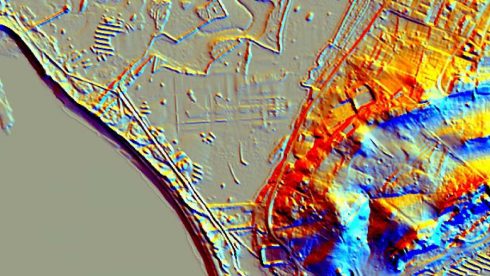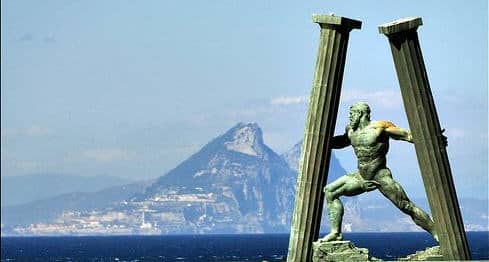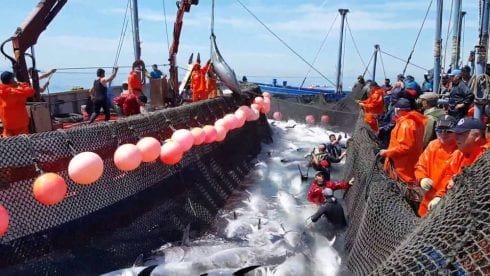SEVILLE University have found ruins of a temple in the Bay of Cadiz that could have housed the most famous sanctuary in ancient Spain.
Researchers used free terrain modelling software to find a submerged rectangular structure between San Fernando and Chiclana de la Frontera.
The location fits with history and myth as the site of the Temple of Hercules Gaditanus, the 9th century BC sanctuary linked to all major figures until destruction in the 12th century AD.
The temple is believed to house the actual tomb of Hercules, the belt of warrior god Teukros, as well as Pygmalion’s miraculous olive branch that fruited emeralds.
Oracles also received some of the most famous men of ancient history here, like Hannibal before crossing the Alps and conquering Italy.
Julius Caeser while governer in Hispania famously asked the oracle to interpret a dream that was troubling him. In the dream he’d raped his own mother, but the oracle said it symbolised Caeser’s conquest of the world as future dictator in Rome.
The temple also housed countless treasures, which led to periodic looting through the ages.
The legendary pillars of Hercules were also said to be housed at the temple, though many believe the myth refers to the rock of Gibraltar and Monte Hacho in Morocco on the other side of the straits.

“We researchers are very reluctant to turn archaeology into a spectacle, but in this case, we are faced with some spectacular findings. They are of great significance,” said Francisco José García, the director of the department of Prehistory and Archaeology at Seville University.
The region around the Bay of Cadiz and the castle of Sancti Petri have for more than two centuries yielded marble and bronze sculptures of Roman emperors and deities, now on display at the Museum of Cadiz.
The team from Seville University used free public data to trace the sea variations and erosion, before discovering a seemingly manmade ‘large building’ with an inner harbour.
The structure measures 300 by 150 metres and lies up to 5 metres underwater.
Researchers said they will need more investigation to figure out what remains of the ruins.
READ MORE:
- Ancient Roman bath complex emerges from shifting sands on beach in southern Spain
- WATCH: Endangered sunken wreck from pre-biblical times to be rescued from seabed on Spain’s Costa Calida











